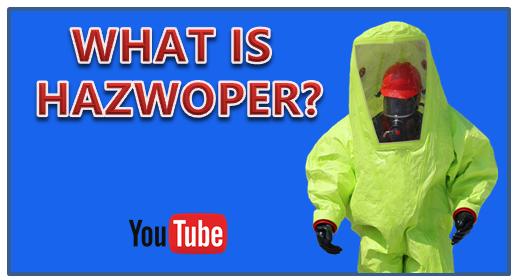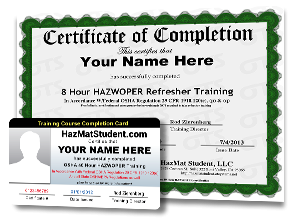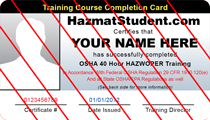OSHA 40 Hour HAZWOPER Online
As a student of this course, you will receive 100% online instruction meeting the initial HAZWOPER training requirements for 29 CFR 1910.120(e) and 29 CFR 1926.65(e). Training topics include HAZWOPER regulations, hazardous materials recognition, toxicity, exposure limits, risk evaluation, and technology methods. You will also receive training on chemical spill containment, the decontamination process, site control, personal protective equipment (PPE), safety and health programs, and much more. Our Online 40 Hour HAZWOPER training course provides high quality, up-to-date training for those who are exposed or potentially exposed to hazardous materials or substances and health hazards on the job or at hazardous waste sites. This course provides 40 hours of in-depth instruction to general site workers, such as equipment operators, general laborers and supervisory personnel, who perform or supervise post emergency response activities and clean-up operations/remediation.
The final 8 hours of the online training includes 100 video clips which provide equipment demonstrations in great detail. The HAZWOPER video demonstrations include: Respirators and typical use; Level-A suits and their donning and doffing; Level-B suits and their donning; Chemical Protective Clothing (CPC) components and accessories; Monitors and detection devices; as well as additional tools and equipment used by HAZWOPER workers.
After the 40 Hr HAZWOPER course is completed, an annual 8 Hour HAZWOPER Refresher course is required to stay current.









